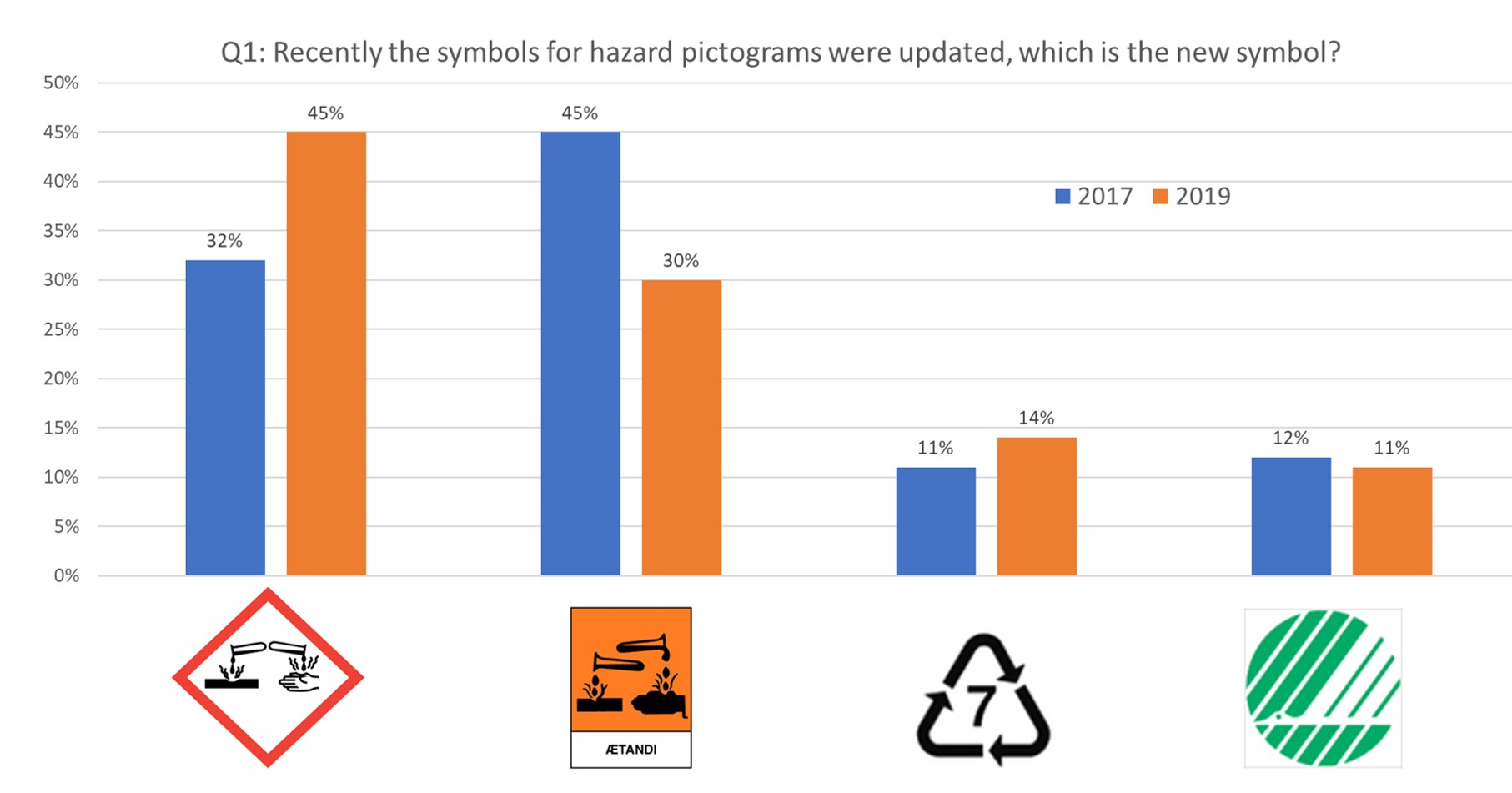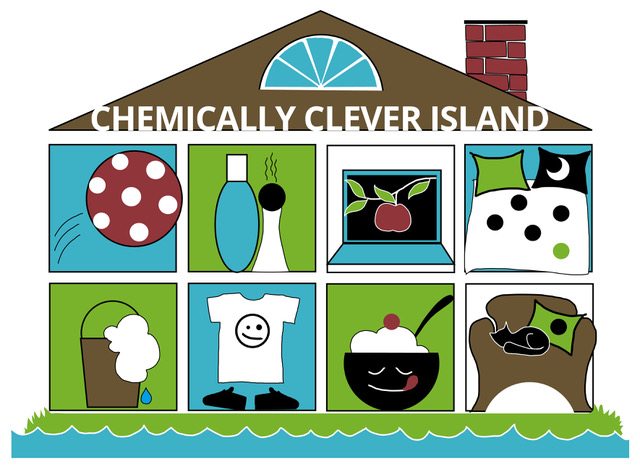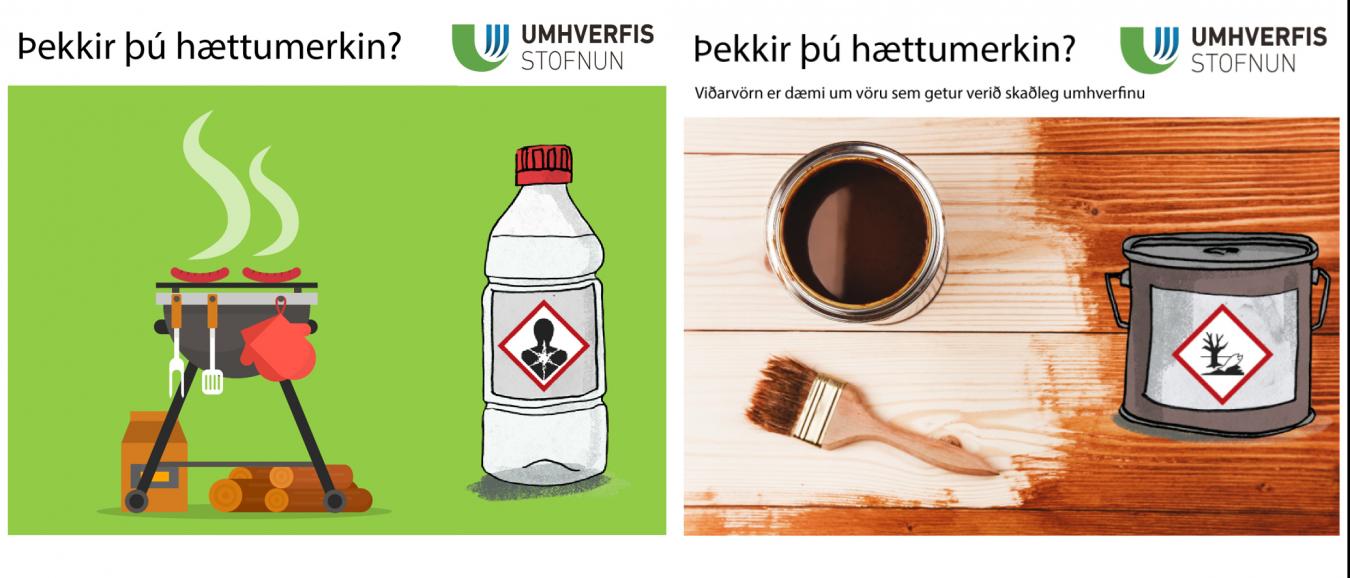Hazardous chemicals on social media, Iceland
WHAT?
A pictogram campaign to raise the public’s awareness of hazardous chemicals in everyday products.
WHY?
The Environment Agency of Iceland has been conducting a biannual survey for the public to find out if they are familiar with the pictograms of hazardous chemicals and what they mean. The results show that most people are not aware of the pictograms or the meaning of them. We want to raise the public´s awareness and knowledge of hazardous everyday products that are labelled with the pictograms to encourage responsible use.
HOW?
The idea is to publish material like texts and graphics, with examples of everyday products or items that are labelled with a pictogram, to catch the viewer´s attention. The pictograms are nine in total. The aim is to make one situation linked to a particular pictogram per month. The material will be published on social media e.g. Facebook, Instagram and Twitter, in short articles in magazines, in advertisements etc. By using different social media platforms we want to reach people of all ages.
The Facebook campaign will be run for the fourth time in 2021. The topic is the same, i.e. an introduction of the hazard pictograms and a survey for the public to check its knowledge.
The first time the project was launched it was only in terms of a survey. However, the results of that survey showed that there was a need to increase the public knowledge about the pictograms. Since then the surveys have been preceded by a campaign about the pictograms. The results from the first survey in the year 2015 was that only 6% of the responders knew the pictograms. In 2017 it was 32% and in 2019 it was 45%.
The main challenge is to design good graphics that will reach people’s attention and explain the pictograms without too much text or being too formal, says Helga Ösp Jónsdóttir at Umhverfisstofnun, the Environment Agency of Iceland.
In 2017 we designed our graphics by ourselves. In 2019 we took help of a graphic designer, and we think that these graphics do catch the eye better.
In the surveys two of the questions are related to people’s behaviour regarding products containing dangerous chemicals: ”Do you avoid buying products if they are labelled as dangerous?” ”Do you never/sometimes/often/always read the instructions on the label before use?” Women are more unlikely than men to buy products containing dangerous chemicals – and more likely to read the instructions.


